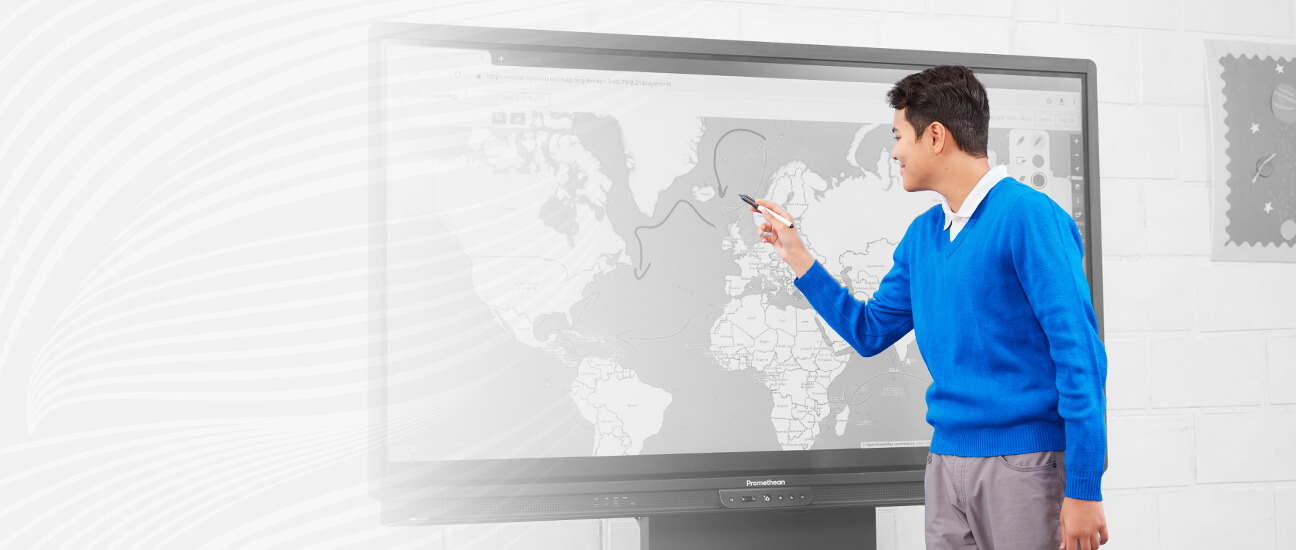Today, personal information is constantly being collected and schools are no different. There are two types of student data commonly being harvested; performance information collected by teachers and held by your school, and digital footprints created by students themselves. While almost all schools keep records for attainment and reporting, access to social networks and websites means an information trail is constantly left behind, too.
Even with the best privacy settings, your students are no longer in control of their information once they have posted it. What’s more, students are responsible for the information they have stored on their computers, laptops, mobiles, tablets, or any online device.
As a school leader, you may request attainment information from your teachers more or less frequently than other schools, perhaps every half term or every term in both primary and secondary schools. Or you might have been advised to collate data frequently by an inspector, Regional Schools Commissioner, local authority, or MAT. But are you managing this sensitive information in the best way?
Here are some suggestions on how this data could be used, on top of benchmarking and forecasting:
1. For safeguarding
Linking data protection to the safeguarding of children (and child protection) will help your staff see that data protection matters in the context of pupil welfare.
Within a school, there are many job roles that touch pupil data. Some staff will need to ensure they use it responsibly, others will be making significant decisions about what data is used, how it is processed and stored, and who it is shared with and how.
Staff that create or store data should be thoroughly educated on the identification and mitigation of risks when it comes to pupil information. In addition, as more schools process and store personal data by electronic means, schools will want to produce user-friendly security policies and staff training to help reduce the risk of a data breach.
2. Asking questions, not drawing conclusions
When data is collected and easily accessible, it’s possible to analyse a number of metrics at the touch of a button. Doing so, it can be all too easy to jump to quick conclusions. For example, if maths data is low in year 6, that information alone doesn’t prove that there is a problem with maths teaching in that year group.
Data that throws up anomalies should lead to questions, not definitive answers. Use this information to look into scenarios and speak to staff to see if they’re in need of training or additional support.
3. Identify ‘big picture’ goals
Schools are incredibly data rich. With the right tools, it is easy to end up disappearing down data rabbit holes.
Remember that data is only part of the story, and too many metrics and analyses can be both confusing and misleading. Focus on the big picture; your school’s primary challenges and goals. Use this to decide in advance what the key questions are that you need to know the answers. The data could even help you establish your school’s objectives for the following year.
4. Minimise manual tasks
While educators are notoriously time-poor, student data collection shouldn’t be seen as another ‘box to tick’ by your teaching or admin staff. The ability to gather, store, and access data is far less manual than paper-based assessment, reporting, and analysis.
With the right online assessment tools, your teaching staff can gather data from both formative and summative assessment techniques in the classroom, minimising the need for manual preparation and planning.
5. Improve your school’s use of technology
Achieving data excellence and meeting the needs of GDPR means you are managing your students’ data responsibly. Your effective use of edtech could also come under review as part of this process. What technology touchpoints are your teachers and students coming into contact with? Are they fit for purpose?
Schools are encouraged to think carefully about both the potential uses and limitations of the data they collect and process, particularly beyond attainment and assessment. Used in the right way, data has the power to be incredibly useful to school leaders, teachers, and other school staff.




